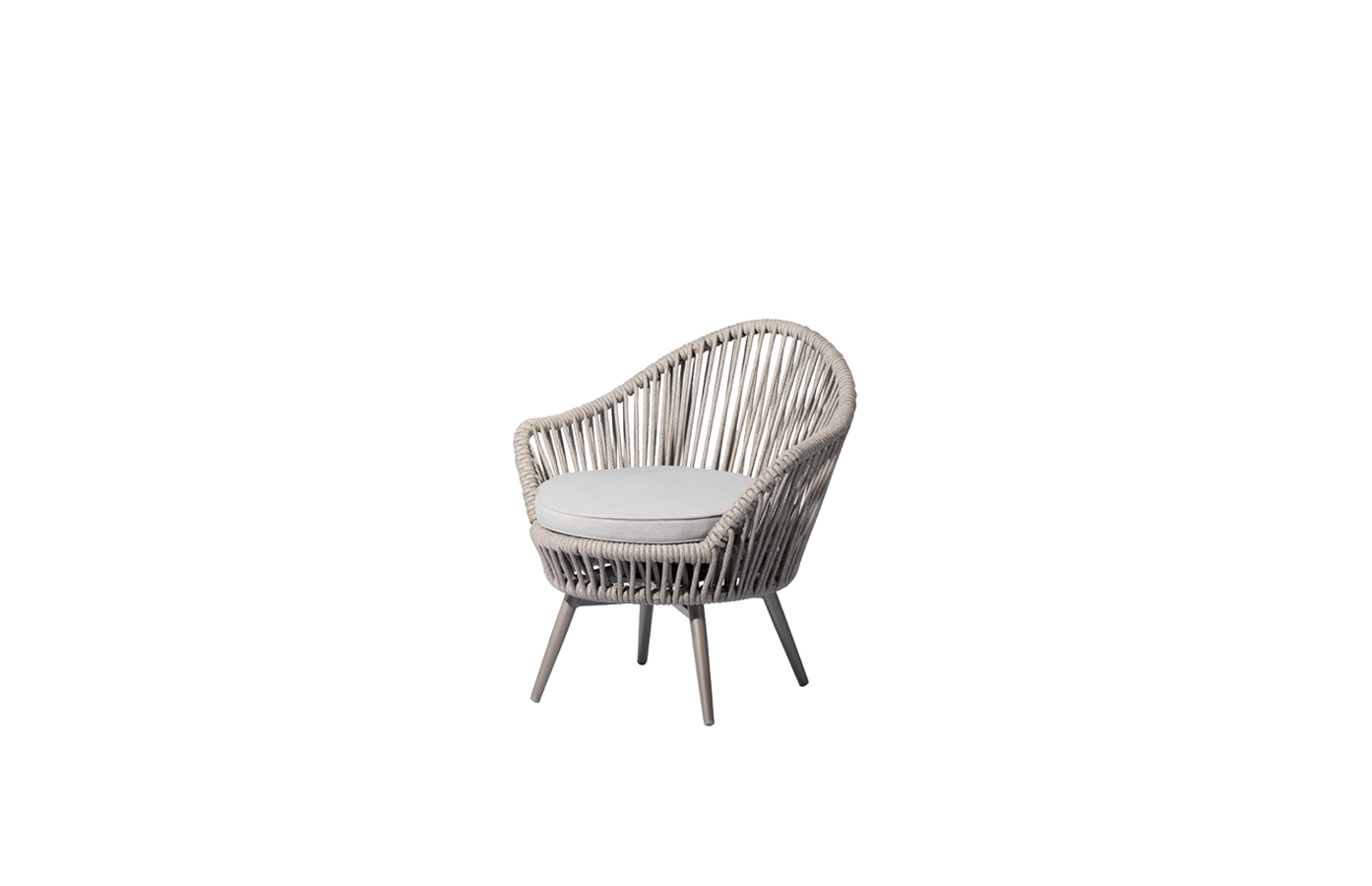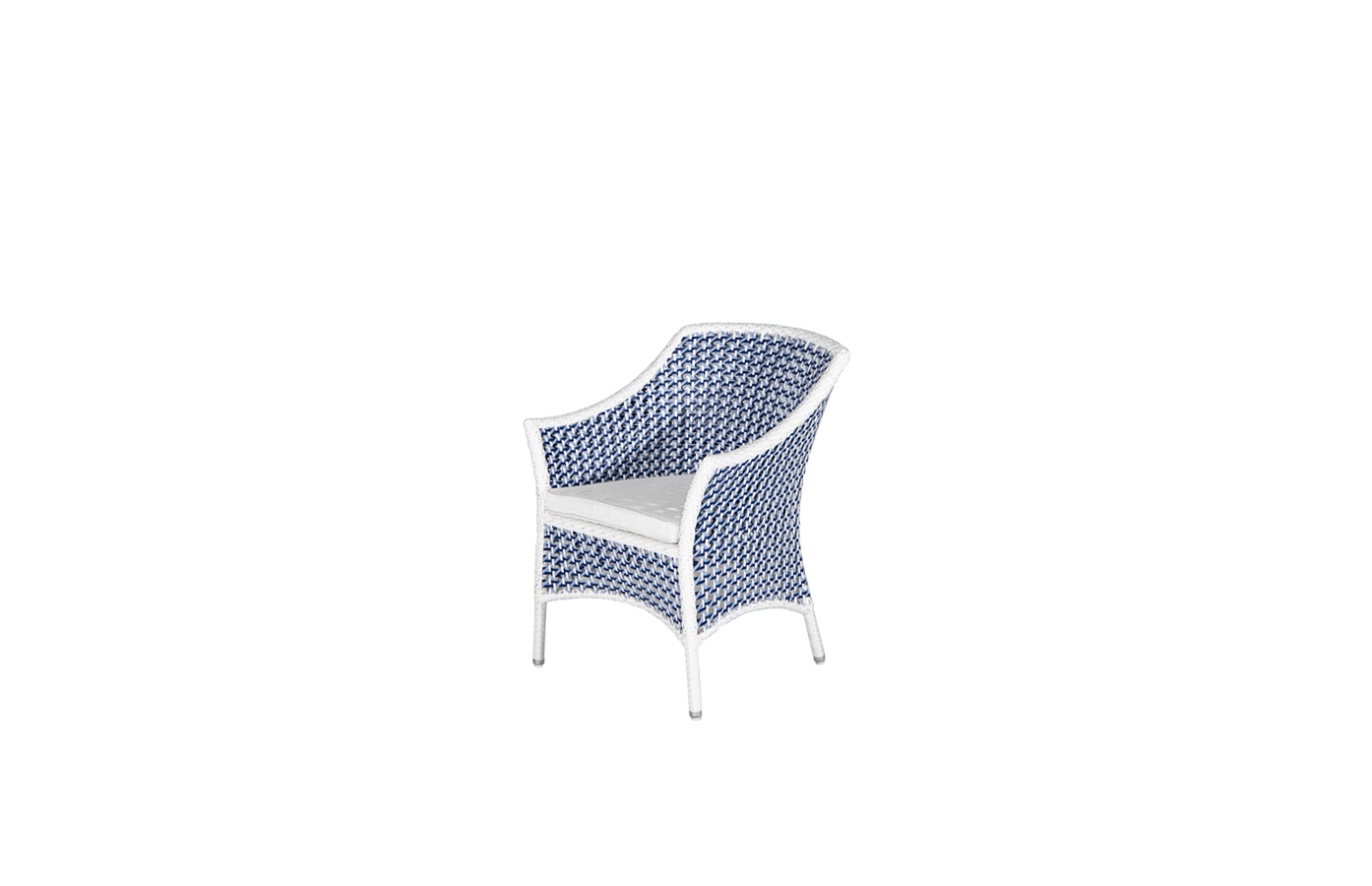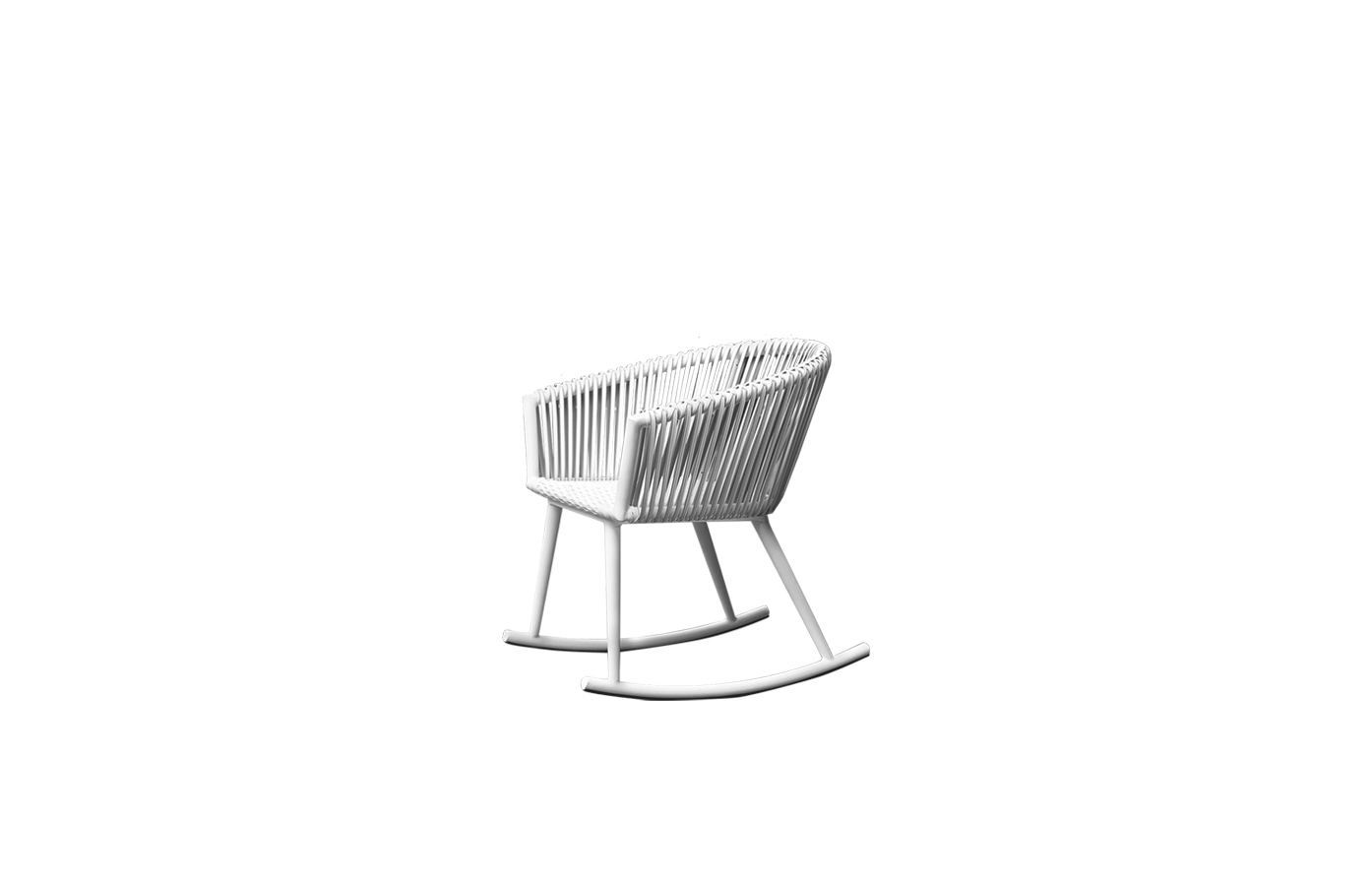****
Bistro furniture has emerged as a quintessential element in outdoor dining experiences across the globe. With its blend of style, comfort, and practicality, bistro furniture has transformed cafes, restaurants, and even home patios into inviting spaces that foster social interaction and relaxation. In this article, we will explore the many facets of bistro furniture, from its historical origins to its modern applications, and why it remains a popular choice for dining al fresco.
The Historical Roots of Bistro Furniture
The concept of bistro furniture can be traced back to the charming bistros of Paris in the 19th century. These small, informal eateries catered to patrons seeking good food and a lively atmosphere at reasonable prices. The furniture utilized in these establishments was designed to be lightweight, stackable, and durable, as it often needed to withstand the elements. Traditionally, bistro tables were round and paired with matching chairs that featured simple, yet elegant designs. Materials like wrought iron, rattan, and wood were favored for their strength and aesthetic appeal.
As outdoor dining grew in popularity, particularly in Europe, bistro furniture began to evolve, embracing diverse styles and materials. The classic French bistro set, characterized by its intricate detailing and charming designs, remains a symbol of the bistro aesthetic. Today, this style is celebrated not just in Paris but in cafes and restaurants worldwide, bringing a slice of European charm to outdoor spaces.
The Aesthetic Appeal of Bistro Furniture

Exploring the Impact of Bistro Furniture on Outdoor Dining Experiences: Style, Comfort, and Practicality for Any Venue
Bistro furniture is much more than just a functional choice; it is also an integral part of the aesthetic that creates inviting dining environments. The combination of elegant design and practicality makes bistro tables and chairs suitable for various settings, from chic urban cafes to rustic countryside inns.

Exploring the Impact of Bistro Furniture on Outdoor Dining Experiences: Style, Comfort, and Practicality for Any Venue
The aesthetics of bistro furniture serve to create an ambiance that encourages relaxation and joviality. The circular tables promote conversation, allowing guests to feel connected. The use of vibrant colors and patterns, often seen in outdoor wicker and metal designs, adds a playful element to outdoor dining spaces. Bistro furniture can help set the scene for leisurely brunches, afternoon tea, or late-night dining, all while maintaining an air of casual sophistication.
Comfort Meets Practicality
When it comes to outdoor dining, comfort is paramount. Bistro furniture prioritizes ergonomic design to ensure patrons can enjoy their meals without feeling stiff or cramped. Many bistro chairs come with padded seats and backrests, often utilizing weather-resistant materials to prevent wear and tear. This combination of comfort and durability is especially important in commercial settings, where furniture must withstand heavy usage and the elements.
Moreover, the lightweight nature of bistro furniture makes it incredibly versatile. Restaurants can easily rearrange their outdoor seating configurations to accommodate large parties or create intimate nooks, providing a customized dining experience for patrons. Many bistro tables are designed to be foldable or stackable, making storage and seasonal transitions seamless.
Choosing the Right Bistro Furniture for Your Space
Selecting the appropriate bistro furniture for your venue involves considering several factors, including size, material, and style. For smaller spaces, round tables may be ideal, as they facilitate cozy gatherings while maximizing available space. On the other hand, larger venues may benefit from a mix of high-top and standard seating to offer varied dining experiences.
The material is another critical consideration. Metal bistro furniture, often seen in urban settings, offers a sleek, modern look and can withstand various weather conditions. Rattan and wicker, on the other hand, bring a touch of warmth and organic appeal, making them perfect for garden settings or rustic-themed venues.
Conclusion

Exploring the Impact of Bistro Furniture on Outdoor Dining Experiences: Style, Comfort, and Practicality for Any Venue
Bistro furniture is a staple in the realm of outdoor dining, thanks to its elegant designs, comfort, and adaptability. As dining al fresco continues to gain popularity, bistro furniture will undoubtedly remain a favored choice for both commercial and residential spaces. By understanding the historical roots, aesthetic appeal, and practical benefits of bistro furniture, owners and designers can cultivate inviting outdoor environments that enhance the overall dining experience. Whether it’s in a bustling city or a serene garden, bistro furniture creates spaces that invite guests to gather, connect, and savor life’s moments over a good meal. Season Garden



